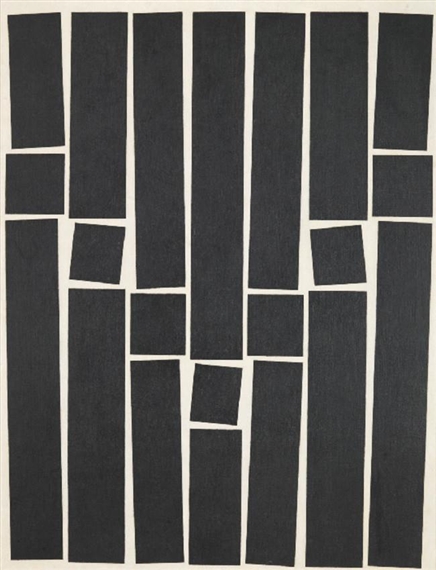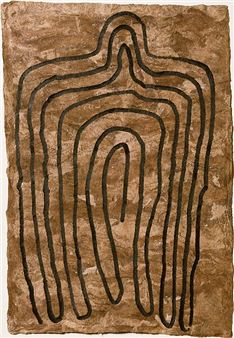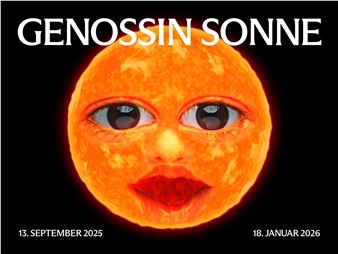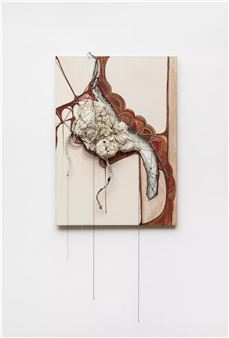Radical Geometry: Modern Art of South America from the Patricia Phelps de Cisneros Collection
From radical innovations in the use of colour and form to new materials like neon and interactive, kinetic sculpture, this exhibition will reveal some of the most original art of the last 100 years.
This exhibition explores the art produced during a fifty-year period in distinct areas of South America. In Montevideo, Uruguay, Joaquín Torres-García founded the School of the South in the 1930s, through which he planned a new Pan-American art that drew on indigenous American influences. Across the Rio de la Plata, in Buenos Aires, Argentina, a group of artists including Juan Melé created Arte Madí that challenged the conventions of traditional painting in the 1940s. Further north, from the 1950s artists in São Paulo and Rio de Janeiro in Brazil, such as Hélio Oiticica and Lygia Clark likewise challenged the notions of art by removing it from the walls of galleries and placing it in the hands of the viewer. Finally in Caracas, Venezuela from the 1970s, artists like Jesús Soto and Carlos Cruz Diez worked with optical illusion to create sculpture and paintings that interacted with the viewer and responded to the light of the tropics. All three regions created new and challenging geometric abstractions that captured the optimism that swept across these countries.
Recommended for you
From radical innovations in the use of colour and form to new materials like neon and interactive, kinetic sculpture, this exhibition will reveal some of the most original art of the last 100 years.
This exhibition explores the art produced during a fifty-year period in distinct areas of South America. In Montevideo, Uruguay, Joaquín Torres-García founded the School of the South in the 1930s, through which he planned a new Pan-American art that drew on indigenous American influences. Across the Rio de la Plata, in Buenos Aires, Argentina, a group of artists including Juan Melé created Arte Madí that challenged the conventions of traditional painting in the 1940s. Further north, from the 1950s artists in São Paulo and Rio de Janeiro in Brazil, such as Hélio Oiticica and Lygia Clark likewise challenged the notions of art by removing it from the walls of galleries and placing it in the hands of the viewer. Finally in Caracas, Venezuela from the 1970s, artists like Jesús Soto and Carlos Cruz Diez worked with optical illusion to create sculpture and paintings that interacted with the viewer and responded to the light of the tropics. All three regions created new and challenging geometric abstractions that captured the optimism that swept across these countries.Contact details


 ARTISTS
ARTISTS















